 It’s well known that people who suffer nonalcoholic fatty liver disease (NAFLD) are more likely to also suffer sleep apnea—and vice versa.
It’s well known that people who suffer nonalcoholic fatty liver disease (NAFLD) are more likely to also suffer sleep apnea—and vice versa.
But the important question is, which disease came first. Because that diseases would be the cause of the other. And if we can cure the cause, then the effect would be cured as well, right?
Fortunately a new study in the latest edition of PLOS ONE has sorted this riddle, leading to a two-for-one cure.
According to previous research, sleep apnea causes NAFLD. There are also some small studies that suggest that the causal relationship might work in the opposite direction too, with NAFLD causing sleep apnea.
The problem in trying to sort out the relationship between these two conditions is that they share many risk factors.
For example, it seems as if obesity, diabetes, and heart disease can be either causes or consequences of both of these conditions.
As a result, a team of Korean scientists tried to untangle this relationship by testing the occurrence of sleep apnea in NAFLD patients who lacked traditional risk factors such as cardiovascular disease and diabetes.
They wanted to know whether NAFLD could cause sleep apnea.
They mined the National Health Insurance Service-National Sample Cohort 2.0 for data. This is a random sample of 2% of the whole Korean population that is insured by the National Health Insurance Service.
Their sample consisted of 334,334 healthy people over the age of 20 who received national health checkups between 2009 and 2014. They were all confirmed to be free of diabetes, heart failure, high blood pressure, and other forms of heart disease.
The health checkups included a questionnaire to test their sleep apnea status.
The scientists identified those with NAFLD via four characteristics that have previously proved to be an accurate way of diagnosing NAFLD without liver scans: triglycerides (fat in their blood), body mass index, gamma-glutamyltransferase (an enzyme), and waist circumference.
Based on the severity of their subjects’ NAFLD, the researchers divided them into four groups, from least to most severe.
After an average follow-up period of 5.3 years, they made the following discoveries.
-
1. 1,351 subjects were newly diagnosed with sleep apnea, with the more severe cases of NAFLD having the greatest risk: 0.1% of the least severe cases versus 0.8% of the most severe ones.
2. The most severe cases were four times more likely to develop sleep apnea than the least severe cases.
3. When body mass index was also excluded to prevent it from influencing the results, the most severe cases were 2.19 times more likely to develop sleep apnea than the least severe cases.
Therefore, even independently of diabetes and heart disease, NAFLD is associated with an increase in sleep apnea risk.
Fortunately, it’s quite easy to heal NAFLD using the simple, natural steps explained here…
And, regardless of NAFLD, you can cure your snoring and sleep apnea in as little as three minutes—starting today—using the easy throat exercises demonstrated here…

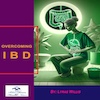 Overcoming IBD
Overcoming IBD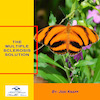 Multiple Sclerosis
Multiple Sclerosis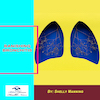 Banishing Bronchitis
Banishing Bronchitis Gum Disease Gone
Gum Disease Gone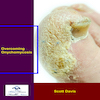 Overcoming Onychomycosis
Overcoming Onychomycosis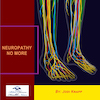 Neuropathy No More
Neuropathy No More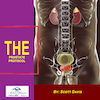 The Prostate Protocol
The Prostate Protocol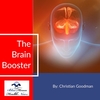 Brain Booster
Brain Booster
 Ironbound
Ironbound
 Solution for Shingles
Solution for Shingles
 The Bone Density Solution
The Bone Density Solution
 The Ultimate Healing Protocol
The Ultimate Healing Protocol
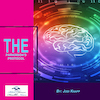 The Parkinson's Protocol
The Parkinson's Protocol
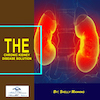 The Chronic Kidney Disease Solution
The Chronic Kidney Disease Solution
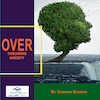 Overthrowing Anxiety
Overthrowing Anxiety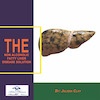 The Fatty Liver Solution
The Fatty Liver Solution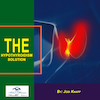 The Hypothyroidism Solution
The Hypothyroidism Solution
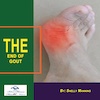 The End of Gout
The End of Gout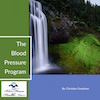 The Blood Pressure Program
The Blood Pressure Program
 The Oxigized Cholesterol Strategy
The Oxigized Cholesterol Strategy
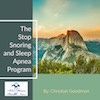 Stop Snoring And Sleep Apnea Program
Stop Snoring And Sleep Apnea Program
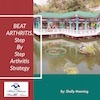 The Arthritis Strategy
The Arthritis Strategy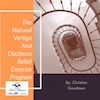 The Vertigo & Dizziness Program
The Vertigo & Dizziness Program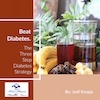 The 3-Step Diabetes Strategy
The 3-Step Diabetes Strategy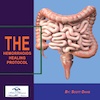 Hemorrhoids Healing Protocol
Hemorrhoids Healing Protocol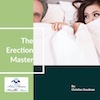 The Erectile Dysfunction Master
The Erectile Dysfunction Master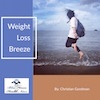 Weight Loss Breeze
Weight Loss Breeze The IBS Program
The IBS Program The Insomnia Program
The Insomnia Program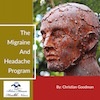 The Migraine and Headache Program
The Migraine and Headache Program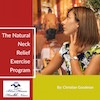 The Neck Pain Solution
The Neck Pain Solution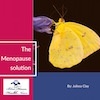 The Menopause Solution
The Menopause Solution The Ejaculation Master
The Ejaculation Master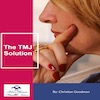 The TMJ Solution
The TMJ Solution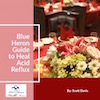 The Acid Reflux Solution
The Acid Reflux Solution The Fibromyalgia Solution
The Fibromyalgia Solution The Psoriasis Strategy
The Psoriasis Strategy